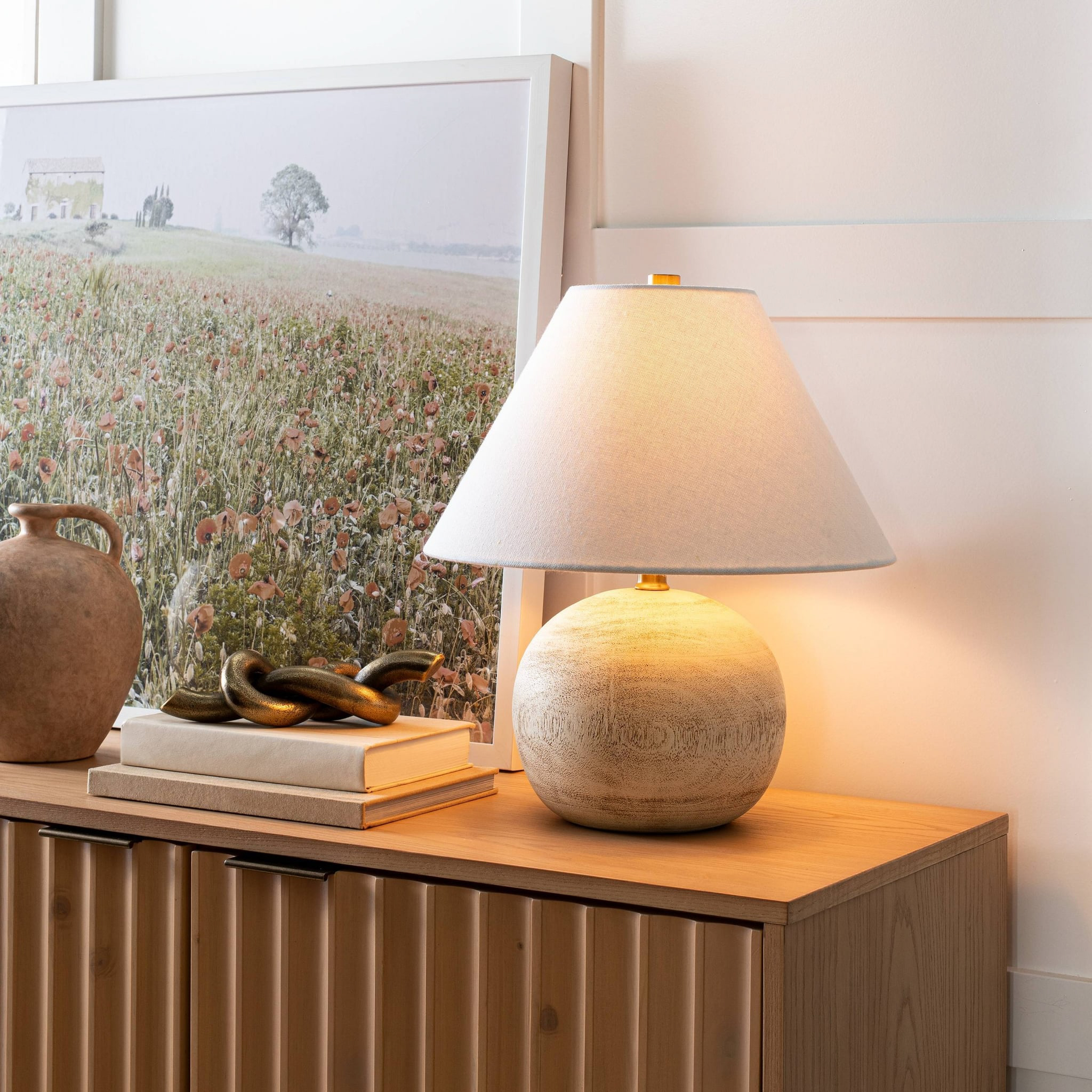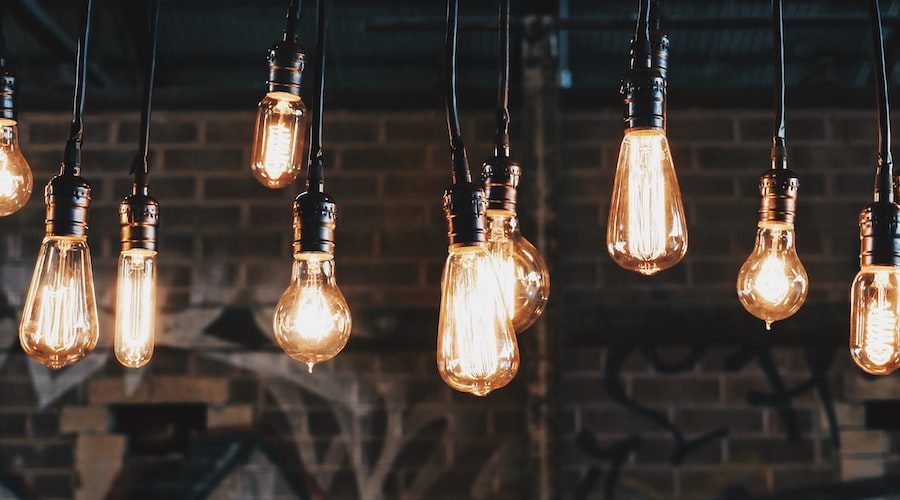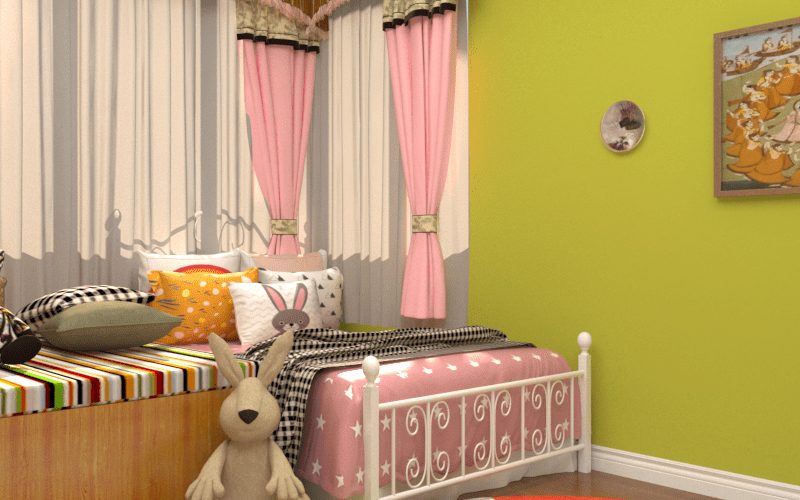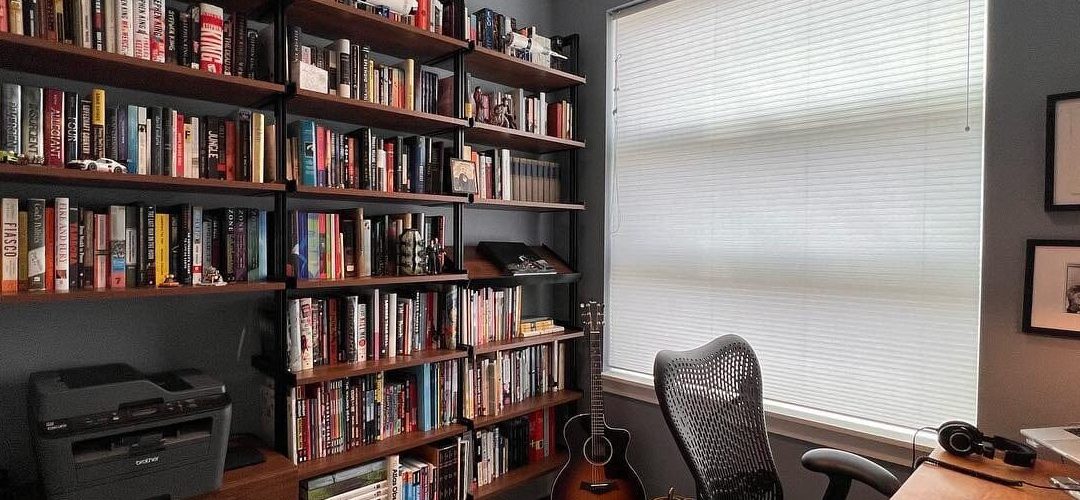
Unveiling the Timeless Beauty of Traditional Japanese Lights
Introduction
Japan is a country that values tradition and heritage. One of the most fascinating aspects of Japanese culture is its unique style of lighting, which has been passed down for centuries. Traditional Japanese lights, also known as “chochin,” have an unparalleled beauty that is deeply rooted in the country’s history and traditions. In this article, we will explore the timeless appeal of traditional Japanese lights, their history, cultural significance and how they are used today.
History of Traditional Japanese Lights
The history of traditional Japanese lights can be traced back to the Heian period, which lasted from 794 to 1185 AD. At that time, chochin were made from bamboo, silk or washi paper, and were used primarily in Shinto and Buddhist shrines.
During the Edo period (1603-1868), the demand for chochin grew as the popularity of the tea ceremony and Kabuki theater increased. Chochin were used to illuminate the tea rooms and the stages of Kabuki, and their designs became more intricate and decorative.
After the Meiji Restoration in 1868, Japan began to modernize, and electric lights were introduced. However, chochin continued to be used in various ways, including outdoor festivals, restaurants, bars and homes.
Cultural Significance of Traditional Japanese Lights
Traditional Japanese lights have deep cultural significance in Japan. They are considered an essential part of Japanese architecture and design, reflecting the country’s aesthetic sense and respect for nature.
Chochin also have symbolic meanings. In Shintoism, they represent the guiding light of the gods, while in Buddhism, they represent the protection of the Buddha’s teachings. They are also used as a way to honor the spirits of ancestors and to ward off evil spirits.
Furthermore, chochin are integral to many traditional Japanese festivals, such as Tanabata and Obon, where they are used to decorate streets and homes. The soft glow of chochin creates a warm and festive atmosphere that is unique to Japan.
The Beauty of Traditional Japanese Lights
The beauty of traditional Japanese lights lies in their simplicity and elegance. Chochin are designed to emit a soft and gentle light that illuminates without overwhelming. The quality of the light creates a warm and inviting atmosphere that is perfect for relaxation and contemplation.
Chochin come in various shapes and sizes, ranging from small lanterns that are used as table decorations to large lanterns that are suspended from the ceiling. They are also available in an array of colors and textures, including translucent paper, silk and even bamboo.
The designs of chochin can be extremely intricate, featuring intricate patterns and calligraphy. Many chochin also have tassels or fringes that add to their aesthetic appeal.
The simple and elegant design of traditional Japanese lights has inspired many modern designs and continues to be a source of inspiration for designers around the world.
Uses of Traditional Japanese Lights Today
Although electric lights have replaced traditional Japanese lights in many settings, chochin continue to be used in various ways in modern Japan.
Chochin are still commonly used in restaurants, bars and izakayas, where they create a cozy and intimate atmosphere. They are also popular in contemporary home decor, where they add a touch of traditional charm to modern living spaces.
Another modern use of chochin is in outdoor festivals and events, where they are used to create stunning displays of light and color. Large chochin are often hung in rows along streets, creating a mesmerizing and festive atmosphere.
The timeless beauty of traditional Japanese lights is not limited to Japan alone. They have become popular in many other countries, where they are used to decorate homes and commercial spaces, and even in fashion and jewelry.






